When Rotary transformed a city
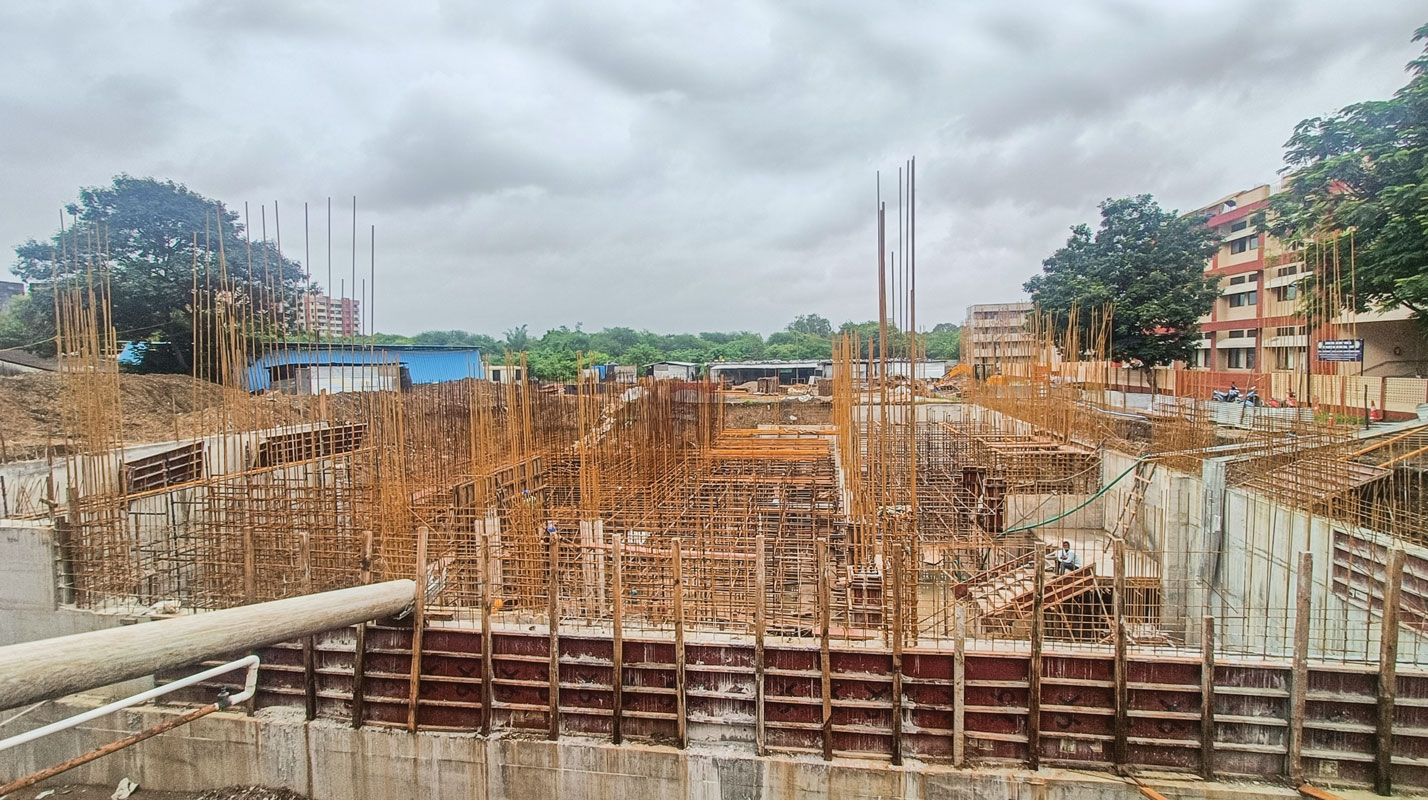
Rotary not only uplifts the lives of people but can also transform an entire city with its philanthropic work. This is the story of the Haria L G Rotary Hospital in Vapi, the first hospital of the city, that has changed the DNA of Gujarat’s most famous industrial town. A look at one of the longest running sustainable Rotary projects in the world.
In the 1960s and 1970s when factories began making Vapi their address and the city-cum-municipality made its hesitant foray into the world of industrialisation, Vapi’s liveability index was low. Very low. Leave alone a proper hospital, it did not even have a decent enough clinic where a patient could be rushed in an emergency.
Only one doctor served the entire city and dogs and snakes roamed everywhere freely.
— Kalyan Banerjee, PRIP and chairman, Rotary Charitable Trust
“Only one doctor served the entire city and dogs and snakes roamed everywhere freely,” reminisces Kalyan Banerjee, past president of Rotary International and a well-known name in Vapi because of his social work through Rotary and UPL, the company he has been associated with for the last five decades. “The city had a severe mosquito problem and it used to face torrential rains. People depended on major cities for all their important needs.” Banerjee had moved to Vapi in the late’60s to help set up United Phosphorous with Rajnikant Shroff (popularly known as Rajju Shroff), the owner and chairman of the company.
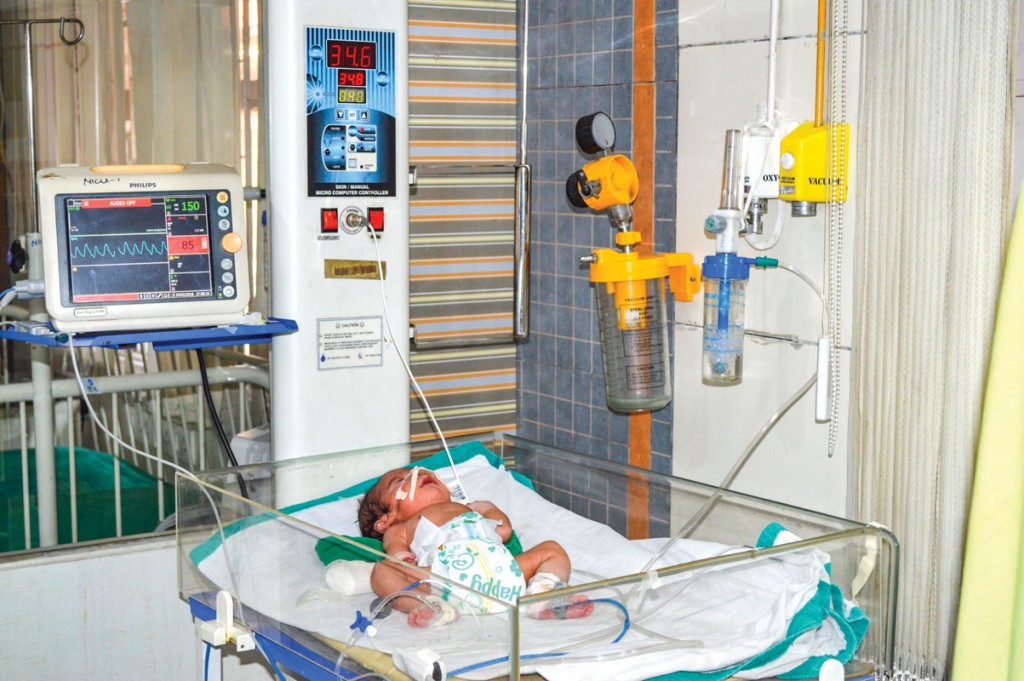
“A friend passed away due to heart attack one day. The doctor could not diagnose the medical problem. So, he was not given the right and immediate treatment,” Banerjee recalls. “We couldn’t do a thing. It hit us hard. We thought if we had to survive in the city, we needed a hospital.”
A small clinic
So, while United Phosphorous was being launched, Banerjee and Sandra Shroff, wife of the chairman, also began creating on a parallel scale the basic infrastructure that the city direly needed. Shroff began focusing on Gnyan Dham School and Banerjee spent his energy towards creating a clinic to meet the medical needs of the city. The idea for the clinic came from RC Vapi, of which he is a member. With him being involved, United Phosphorous (it hadn’t become UPL then) couldn’t be far behind. The company seemed to wear the CSR badge on its sleeve even in its formative years, when CSR was not even a properly understood term.
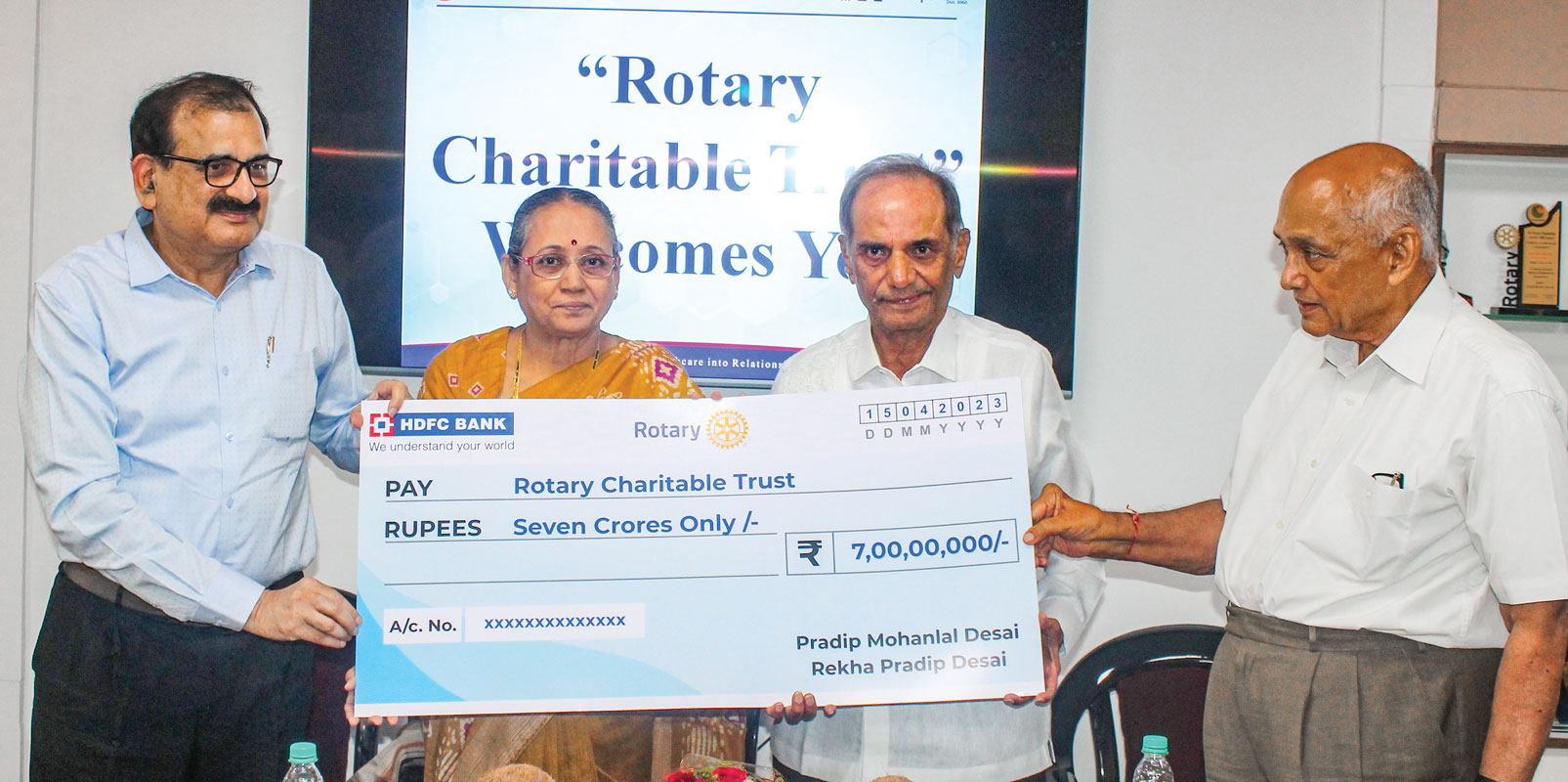
It wasn’t easy. A new company required time, energy and massive efforts. A new clinic needed the same. Both at the same time. “Initially we didn’t know where to begin. We started small,” Banerjee says. That was in 1978, when a few Rotarians from RC Vapi, some staff members of United Phosphorous and a few members of the Engineers’ Association came together to create a 10-bed OP clinic. “We installed an x-ray machine and began cardiac tests — basically primary care for heart attacks. We also began an ambulance service. We still didn’t have the advanced medical care facilities. But at least it was a beginning,” he recalls. For enabling partnerships and donations, the club formed a trust, the Rotary Charitable Trust.
A small hospital
But Vapi grew. And grew fast. More and more people began making it their home. A clinic couldn’t meet the need of a burgeoning city. Vapi that had “the best water supply in the world” but sporadic electricity supply, offered the opportunity to build whatever anyone wanted to build. It was in need of everything. Ten beds led to 24 beds in 1982 and then to the formation of the Rotary Niramaya Hospital.
A friend passed away due to heart attack one day. We could not do a thing. We thought if we had to survive in the city, we needed a hospital.
How the Rotarians got the land for the hospital too is an interesting story. The Gujarat Industrial Development Corporation (GIDC) was established in Vapi in 1967–68. Rajju Shroff became its Board member in the early days itself. That Rotary and UPL were building a hospital was big news in the city and when GIDC was approached for land for education and medical services, GIDC offered free land to the established Gnyan Dham Trust for the school and through it, to Rotary Trust too, for the hospital.
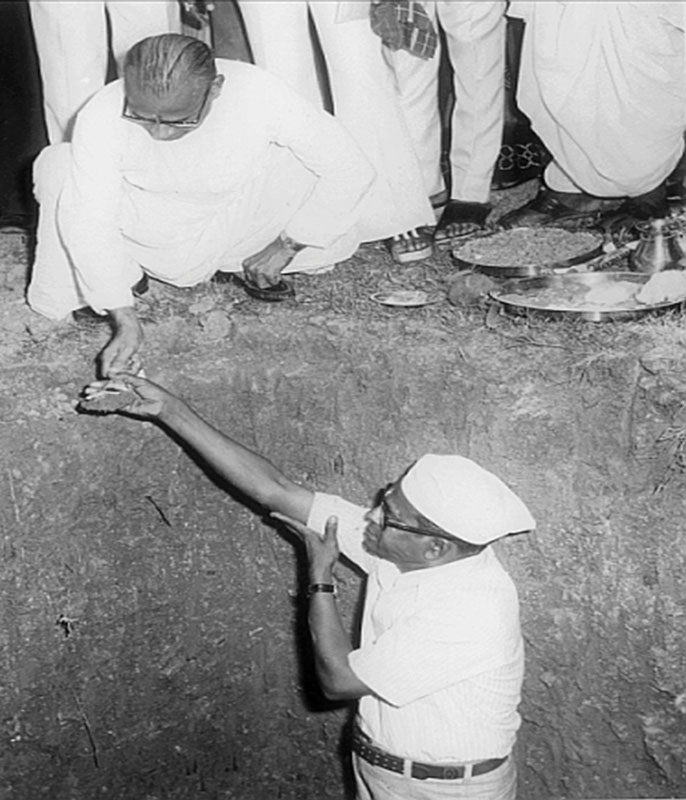
“In the initial stages, we had absolutely no resources — financial or otherwise,” says Praful Dewani, the chief engineer of United Phosphorous, and a Rotarian. “So, the hospital used to depend on corporate help for everything. For example, if a tubelight or electric bulb had to be repaired or replaced, the electrician from the company would come and do it. Similarly, if a toilet got blocked or a bathroom had problems, the company would send its plumber to rectify the problem. For the ambulance, the Rotarians gave personal guarantee as loans couldn’t be disbursed in the absence of personal guarantees.” Those were the initial days but news of the service spirit of Rotary spread throughout Vapi and even beyond it.
Help from Rotarians
The Rotarians devoted much time and energy in shaping this dream of Rotary. They would go to the hospital in the morning, then to their office, then again to the hospital in breaks and sometimes even in the evenings. Vapi had many pharmaceutical companies and many owners of these companies were Rotarians too. So, the companies that couldn’t help with money, helped by giving medicines at the best possible rates.
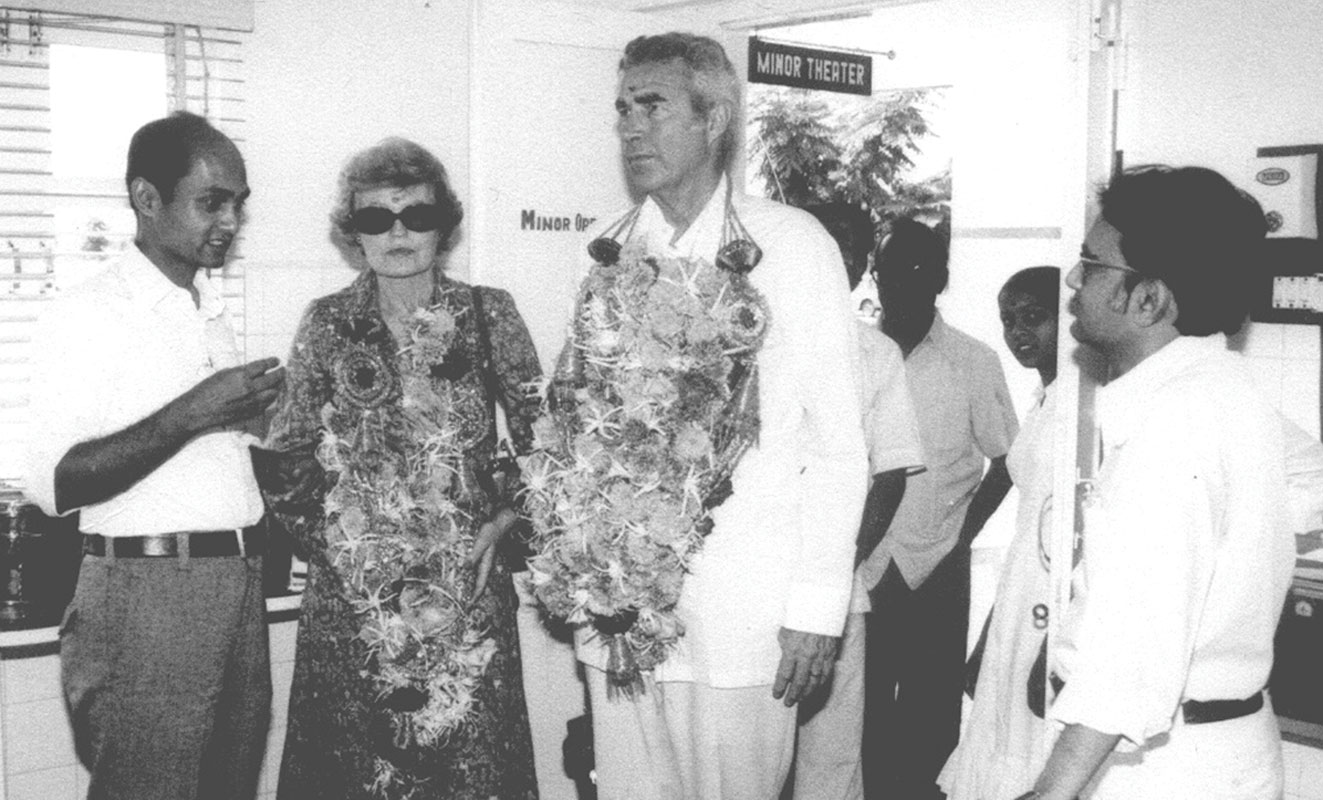
The hospital now had to expand further. Seeing the good work of Rotary, Haria Group came forward to join hands with the Rotary Charitable Trust and Lakhamshi Govind Haria came forward to extend support in meeting the cost to build the hospital. The hospital was now named Haria L G Rotary Hospital. Two Haria Group representatives and five Rotarians became the trustees. Banerjee was one among them. He is the third chairman of the Trust now. The hospital later advanced to a 32-bed-facility. From one doctor, it moved to having its own orthopaedic doctor, and then a surgeon and as goes the Urdu couplet, log saath aate gaye aur caravan banta gaya (people joined and the procession grew). The Rotary dream had now got its solid foundation.
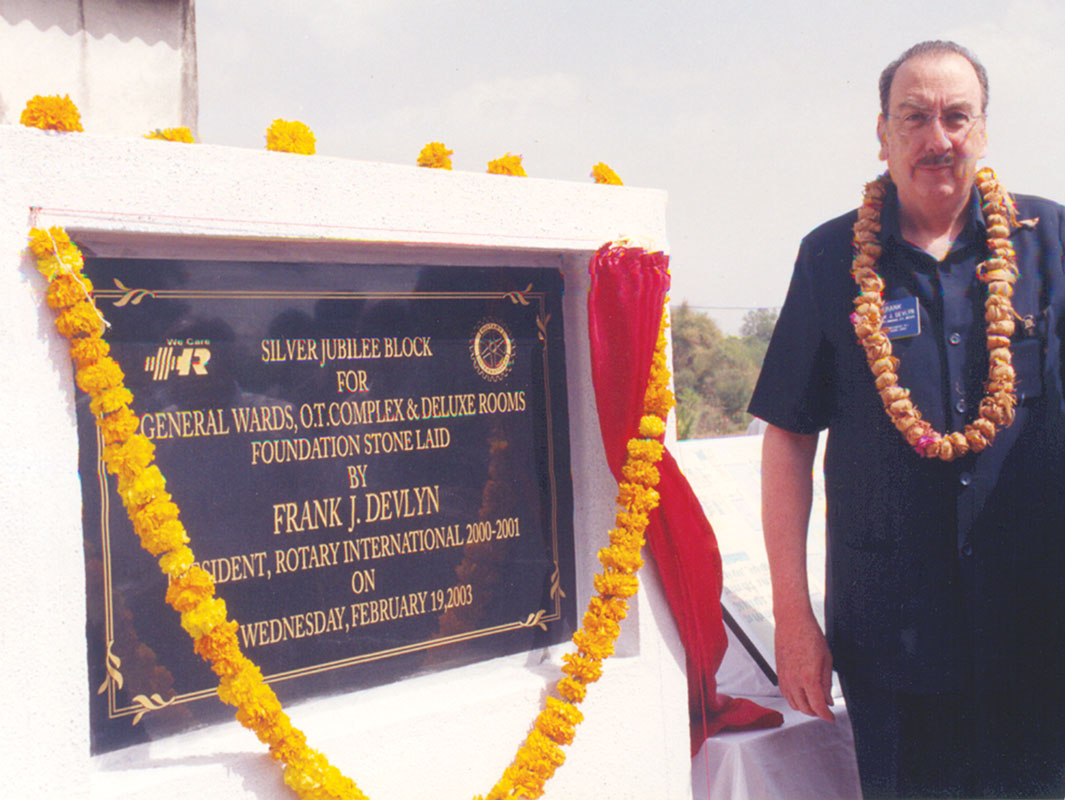
Today this 250-bed-strong hospital is a super speciality hospital with its own trauma care centre. The hospital’s main ICU (Intensive Care Unit) itself has 54 beds. There are various ICUs in different sections too and the total number of beds in all the ICUs together has risen to about 75 now, a substantial progress from one ICU when it had started.
The Rotarians would go to the hospital in the morning, then to their office, then again to the hospital in breaks and sometimes even in the evenings.
The hospital now has 70 full-time doctors (including the medical officers) and about 80 visiting doctors in various fields (including radiology, cardiology, surgery, gynaecology, trauma care and emergency services, orthopaedics, dermatology, dentistry, ophthalmology and neurosurgery). It has four operation theatres, one ophthalmology operation theatre and a blood bank.
Cancer care
A Cancer Centre is now coming up replete with a radiation wing. When it is ready, cancer patients will not have to travel to Mumbai for treatment. “This is the only thing we didn’t have,” says Dr S S Singh, chief physician and director, Medical Services and a Rotarian too. “Magnitude-wise, it may not be like Mumbai’s Tata Cancer Hospital but we will provide all services they provide. We have a team of oncologist, onco surgeon and radio therapist in place. And we will bring the latest radiation machine soon. Our aim is that every poor patient who is dependent on government schemes like ESIS or Ayushman Yojana is able to get treatment at our hospital”.
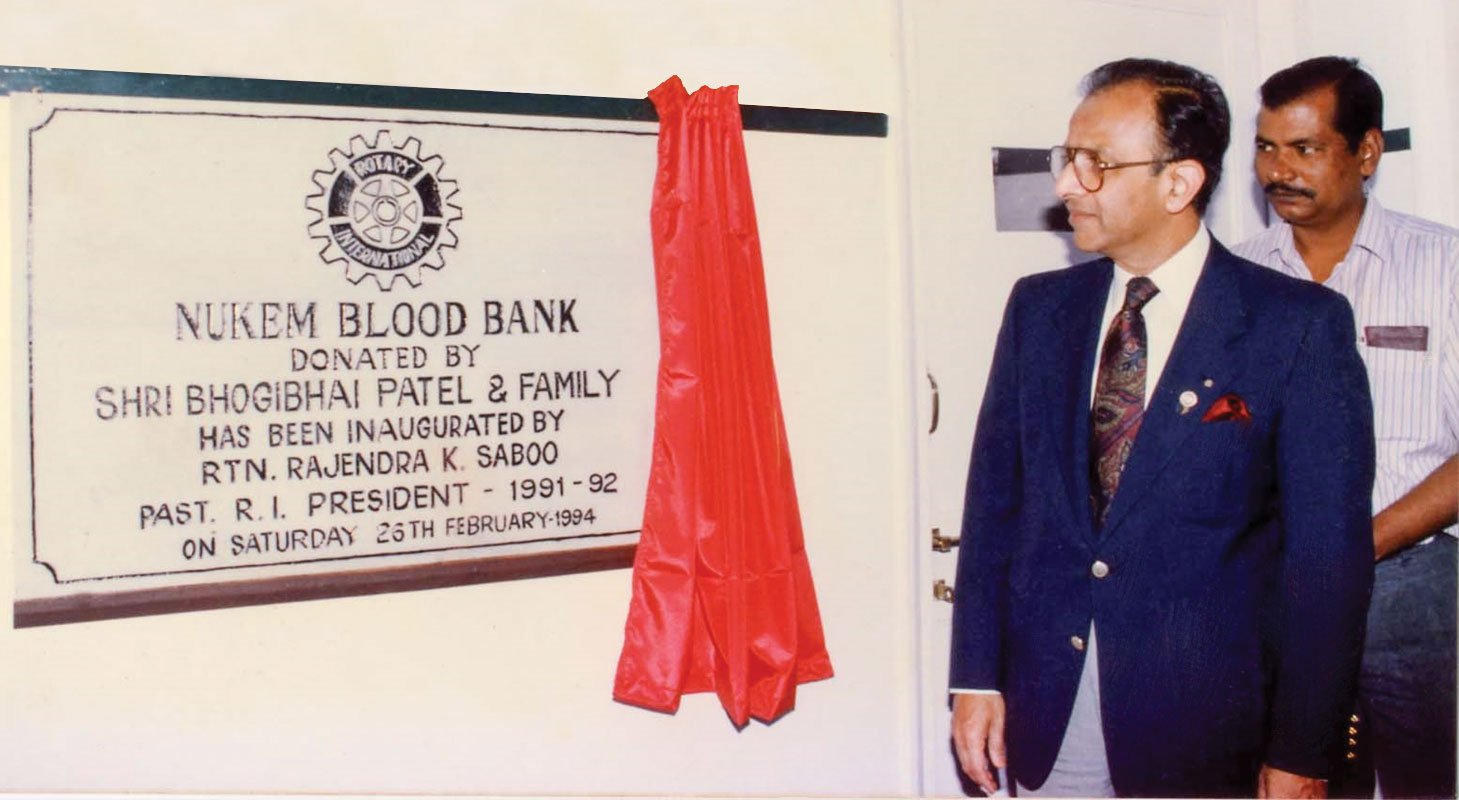
One of the very few longest running permanent projects of Rotary in the world, the importance of this hospital can be gauged from the fact that 15 Rotary International presidents have visited it on their India visit.
Built on an approximately 1.25 lakh sqft area of a total Trust land of 30,000 sq metres, the built-up area will have 40,000 sqft more added to it once the cancer ward, with its radiation wing, comes up by June next year. It will have four floors, with each floor measuring up to 10,000 sqft.
Nursing college
The hospital also adjoins the Sandra Shroff ROFEL (Rotary Foundation for Education and Learning) College of Nursing, that was started about 20 years ago. The Nursing College, affiliated to South Gujarat University, has been training over 100 nurses a year with diploma, BSc and MSc courses. “Since the last year, the college has introduced a very good simulation lab that teaches the nurses everything on high fidelity manikins, so they do not have to learn directly on the patients,” says Dr Singh.
While some nurses go abroad, few return to their home towns and about 20 to 30 per cent get absorbed in the hospital, says Somesh Dayal, chief administrative officer.
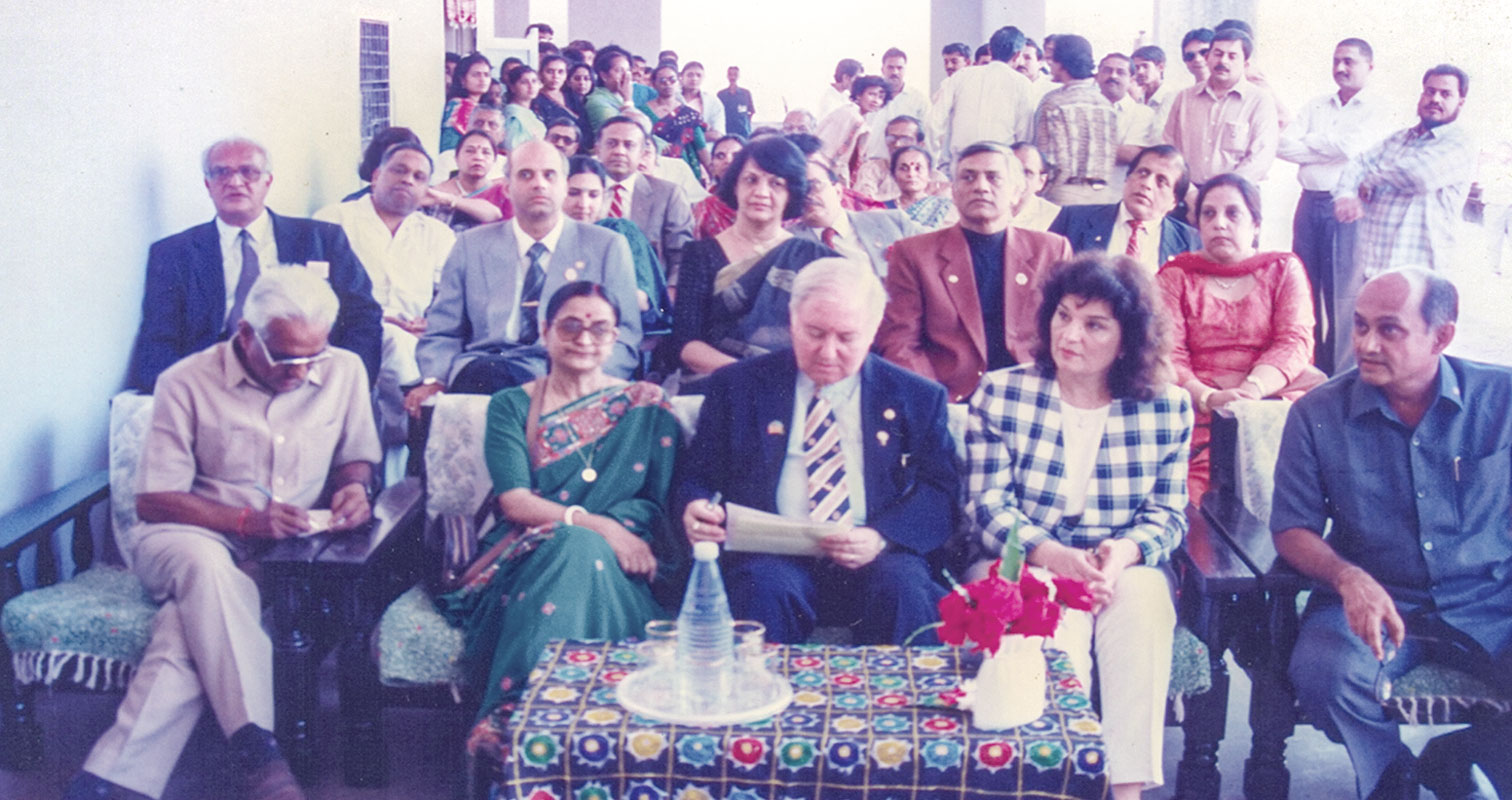
No one is denied entry at the Rotary hospital. “We do not wait for any deposit nor do we care if a patient is accompanied by a relative or not. The hospital begins treatment immediately once a patient is wheeled in,” says Dr Singh.
Dayal adds, “Accident victims are brought here from as far as Kasa or Manor in Maharashtra, places that are at a distance of 70 to 80km from the hospital.” Sometimes some patients receive treatment and do not pay, and sometimes, if a patient passes away in the hospital despite proper treatment and the family is unable to pay, the Trust bears the cost.
We do not wait for any deposit nor do we care if a patient is accompanied by a relative or not. The hospital begins treatment immediately once a patient is wheeled in.
— Dr S S Singh, director, Medical Services
One of the most impressive aspects of this hospital is that dialysis is free for all the patients here since 2011. Any patient can walk in and get dialysis done. For this, the hospital has charted a system. A Rotarian or an employee, on his/ her birthday or wedding anniversary, can come forward voluntarily and donate ₹7,500 for the cause. In case of a deficit, the Trust steps in. “Since kidney patients require proper nutrition, the hospital gives one ration kit to each patient every month that includes rice, dal, oil, multivitamins and other important dietary requirements,” says Dayal. Thalassaemia patients too are treated free of cost. So are the patients who require cleft lip and palate surgery. “Our health workers go to anganwadis and remote places and bring any patient who requires such surgeries to the hospital. Their transport, treatment and food cost is all borne by the hospital,” says Dr Singh. In its full-fledged cardiac surgery department, open heart surgeries are performed on adults as well as children since the last five to six years.
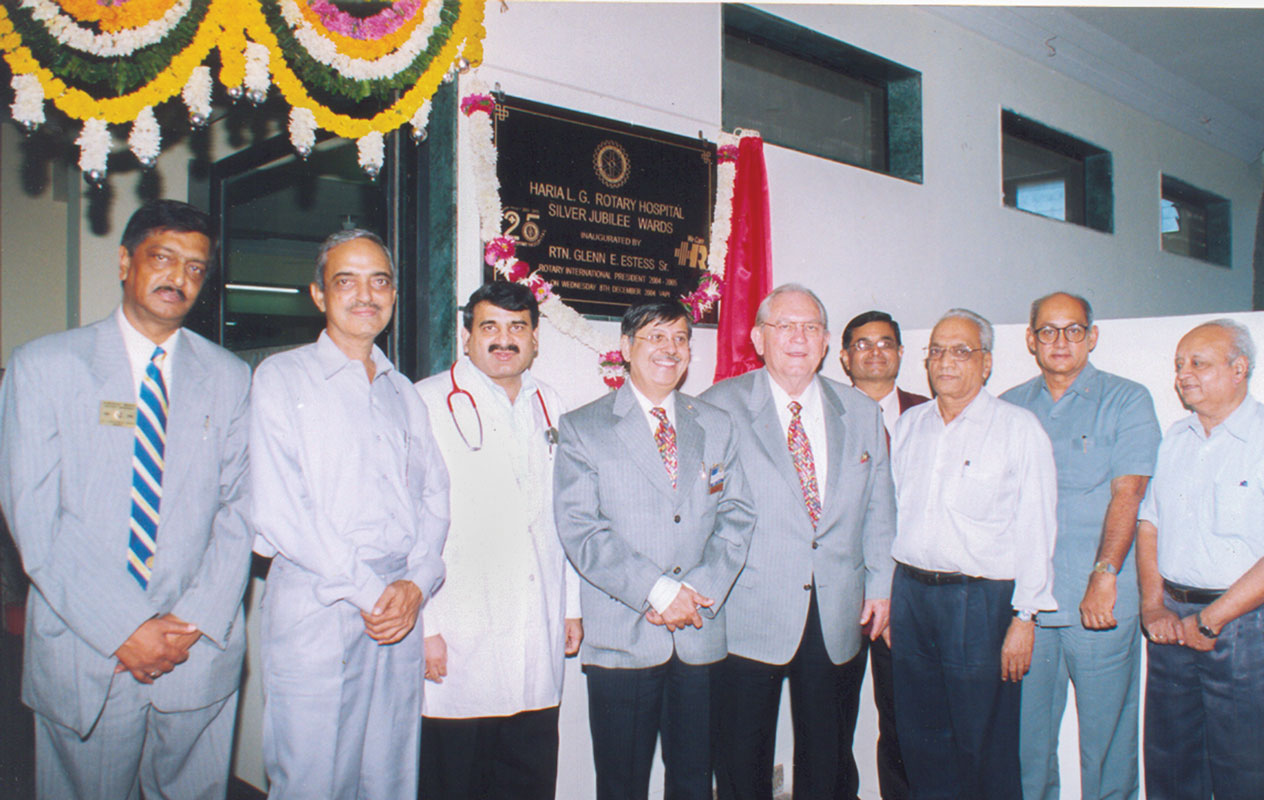
The hospital, that has a 550-strong-staff, is self-sufficient now. “We know that if we ever have a need, UPL and other industries will be there to help us but we have resources now and can manage on our own,” he adds. At present, the biggest monetary requirement is for the Cancer Centre and a generous donor, P M Desai, has come forward to help.
“Patients come here from as far as Bihar, UP and Karnataka. When the workers from here go back home on holidays, they bring back ill relatives for second opinion and treatment,” he says.
We do not compromise on the doctors’ salaries. It is necessary to pay them at par with other hospitals in order to encourage them to stay in Vapi.
“My policy has been to meet requirements from time to time. I don’t think we can have the quality of an Ambani hospital but our aim has always been to see how close to it can we provide the facilities with less investment,” says Banerjee. “Rotarians do not take a penny for their efforts here; they pay even for a cup of tea. We do not compromise on the doctors’ salaries. It is necessary to pay them at par with other hospitals in order to encourage them to stay in Vapi. We have got something good going. We can certainly better it.”
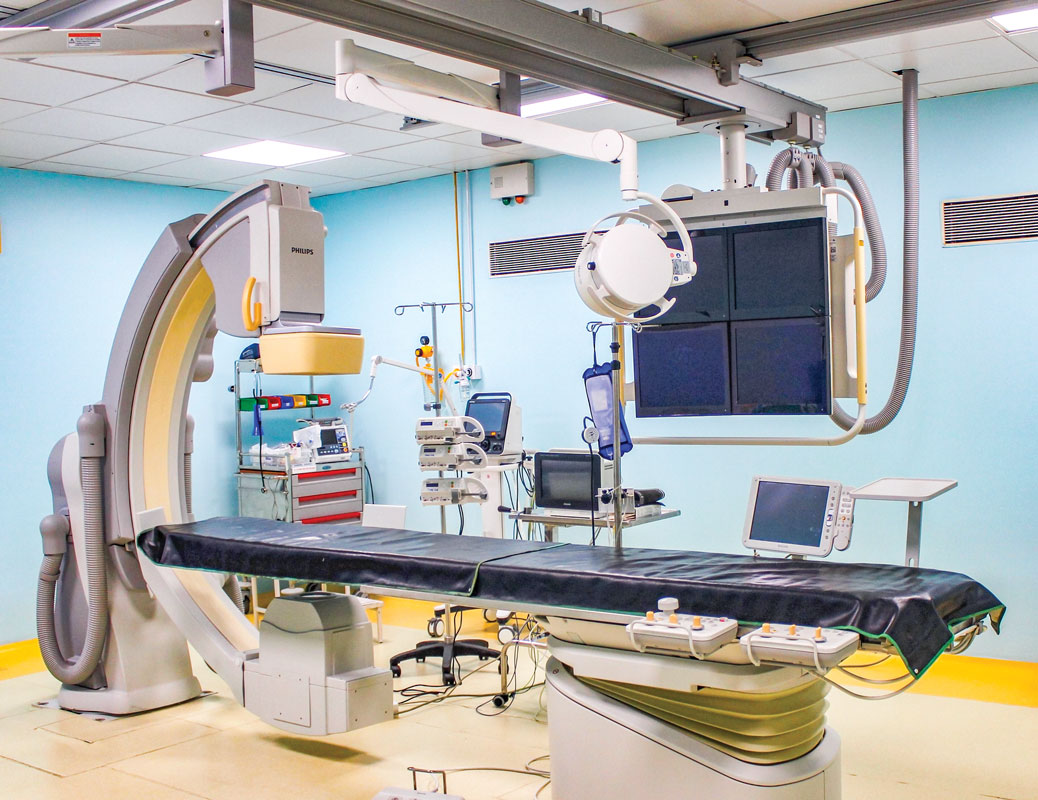
Does the hospital lack anything? “Once we develop our own transplant and cancer centre, we will have everything here. I have floated an idea of beginning something like medical tourism here through Rotary. We can publicise our hospital along those lines and treat patients from third world countries including Bangladesh, Pakistan and Africa at a very subsidised rate,” says Dr Singh, on future plans.
From a city that had only one doctor for its entire populace Vapi, within 45 years, now welcomes patients from all over India for specialised treatment.
